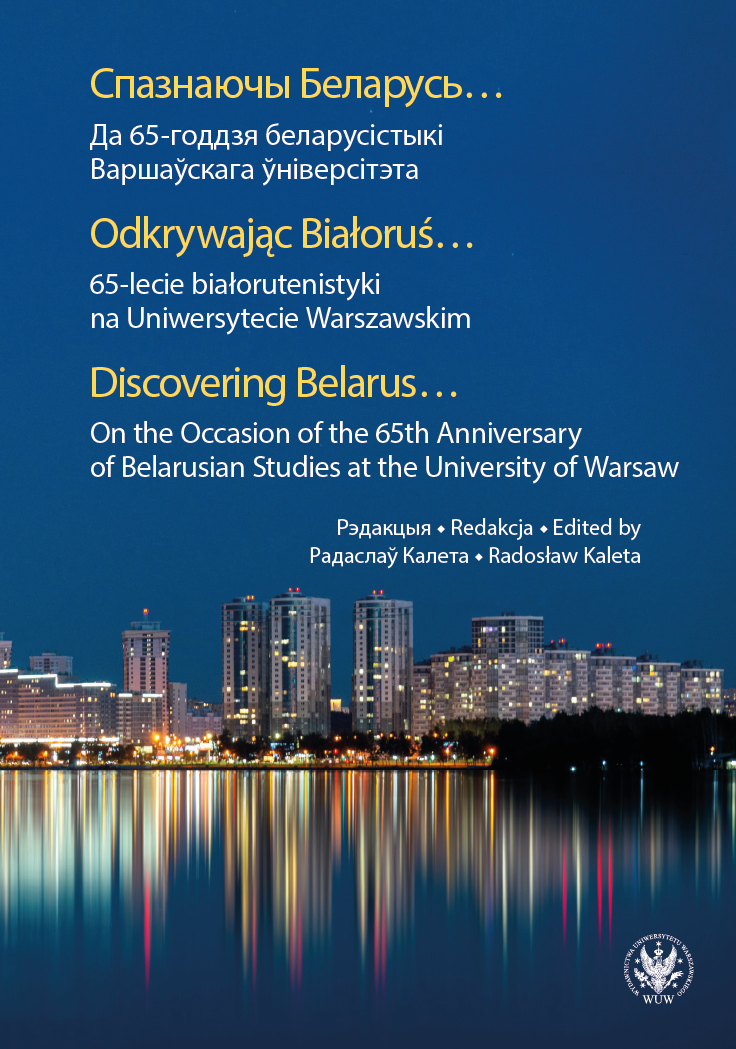
65-lecie Katedry Białorutenistyki Uniwersytetu Warszawskiego (historia i stan badań do 2019 roku)
In October 2021, the Department of Belarusian Studies at the University of Warsaw celebrated its 65th anniversary. During that time, a number of scientific papers in the fields of literary studies, linguistics, cultural studies and history were published, and many master’s and doctoral theses were defended. The development of Belarusian studies in Poland is of particular importance in today’s difficult times for the Belarusian language and culture within the Republic of Belarus, where the mother tongue of the nation is being abused and Belarusian organizations are being dissolved.
More...